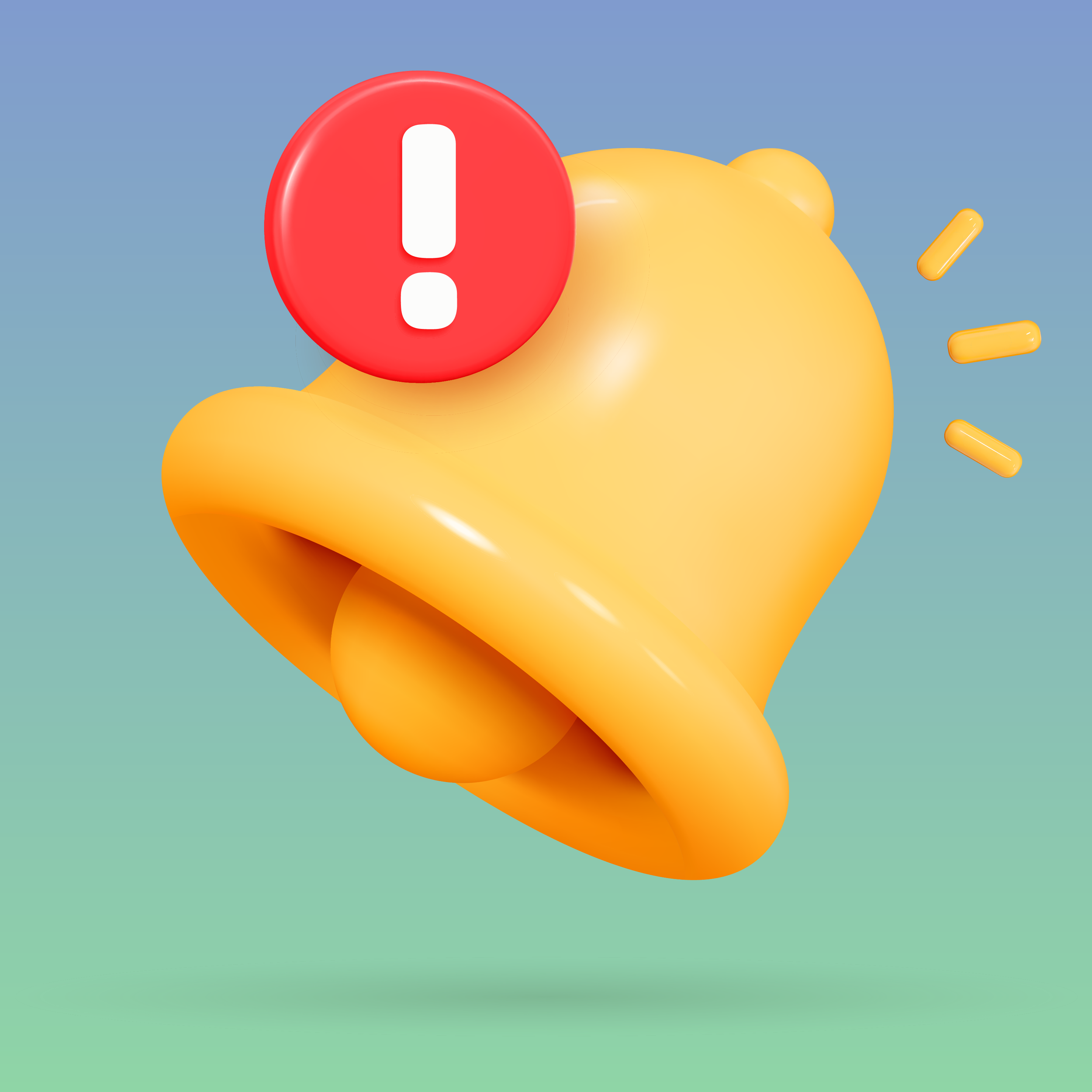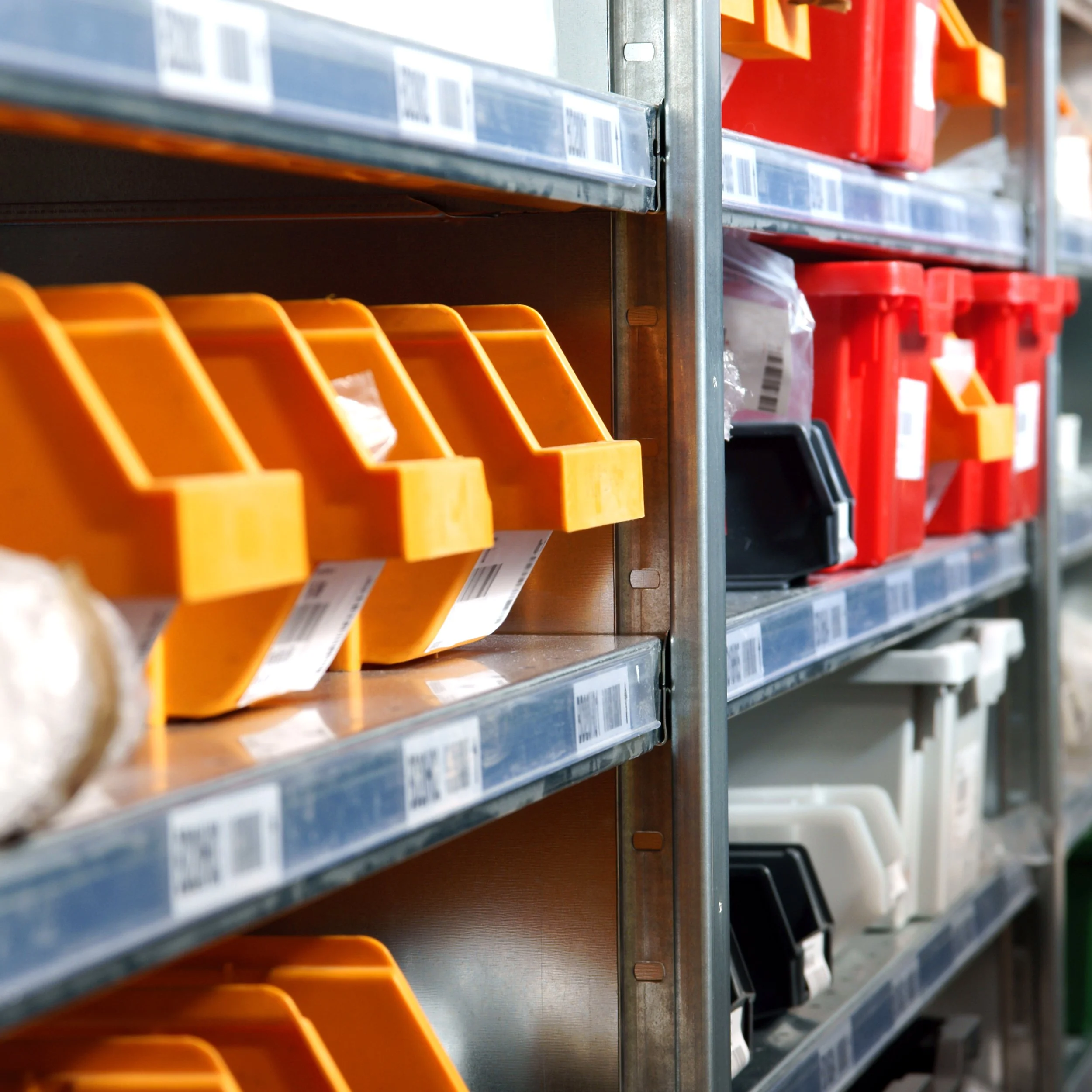How to Identify Your Top-Selling Products
Can you name the products that contribute the most to your bottom line?
Businesses with an extensive product selection do not sell the same quantity of each product. Usually, they have a few popular products that sell fast, while the majority sell okay but not great. And then there are these stubbornly slow sellers. These products are rarely sold because they are unpopular with customers or because shoppers are unaware of them.
Now, here is my question: Do you know your top-selling and slow-selling products? You probably have a good idea about your most popular products. But what about the products you sell less frequently? Can you name them?
If you use Shopify as your e-commerce platform, you can run one of Shopify's built-in inventory reports to get the answer. The report is called Sell-Through Rate by Product.
If you are in your Shopify Admin Panel, go to Analytics, click Reports, and then look for Sell-Through Rate by Product. Select it.
Sell-Through Rate
When the report displays, you will see a list of your products sorted by the sell-through rate for each product. Your top-selling products are at the beginning of the report, and the slow-selling products are at the bottom.
The Sell-Through Rate (STR) measures how much a product has been sold in a month or quarter (quantity sold) relative to the sum of the quantity sold plus the inventory that remains at the end of the period (ending inventory quantity).
However, there is more to consider.
Suppose your starting inventory of a particular product is zero. You purchase 50 items, which you sell during the month. Your ending inventory balance is then zero. The sell-through rate would be 100% [50/(50+0)].
Conversely, suppose you don't sell the 50 items you purchased. In that case, your ending inventory balance would be 50 with a sell-through rate of 0% [0/(0+50)].
Generally, a higher product sell-through rate is better than a lower sell-through rate. The industry standard is 80%.
As informative as the sell-through rate might be, it's not reliable in identifying top-selling products and is prone to giving false positives. Here are two examples with identical sell-through rates:
Example 1: Suppose you have one item of a particular product in inventory that you sell during the month. The ending balance is zero. The sell-through rate is 100% [1/(1+0)].
Example 2: Suppose you have 20 items of a product in inventory and buy 60 more. You sell 80 items that month. The sell-through rate for that product is also 100% [80/(80+0)].
Comparing both examples shows that because the sell-through rate is a ratio, it doesn't change with the underlying quantity. In the second example, you sell much more than in the first. Although the sell-through rates in my two examples are identical, their interpretation in a business context should be very different. The second example likely represents a more favorable business scenario than the first example.
To avoid this issue, include the quantities sold and the product's gross profit in your analysis.
Quantity Sold
The quantity sold is an absolute measurement that captures how many items were sold in a period, irrespective of their value. If you want to know your top, fast, and slow sellers, sorting your products by the quantity sold is a good start.
To improve the meaningfulness of the indicator, I multiply each product's quantity sold by its selling price to get a value-based sales metric, which provides an additional data point for finding the top sellers.
For me, a top-selling product would at least (a) sell in large quantities and (b) have a high value, resulting in high sales (quantity sold * price per item).
Unfortunately, that doesn't tell us anything about how profitable the product is and how much it contributes to a company's bottom line. For that reason, we need to consider a product's gross profit.
Product Gross Profit
The gross profit of a product is the difference between its selling price and its cost.
Dividing the product's gross profit by the selling price results in a percentage ratio (gross margin). The higher this percentage, the higher the gross profit contribution of such a product.
A high gross margin indicates that your business would make a lot of money selling a unit of this product. That leads me to my definition of a top seller: a high-gross-profit product that sells in large quantities.
And Shopify has a built-in report to find those products.
From the Shopify Admin Panel, go to Analytics and click Reports. Look for the Profit by Product report and click it. This report is immensely customizable. So play with it when you have some time.
By default, the report displays each product's quantity sold, net sales, costs, gross profit, and gross margin.
Sorting this report by gross profit gives you a list of products ranked by how much they contribute to your company's profitability. The first ten are your top-selling products.















